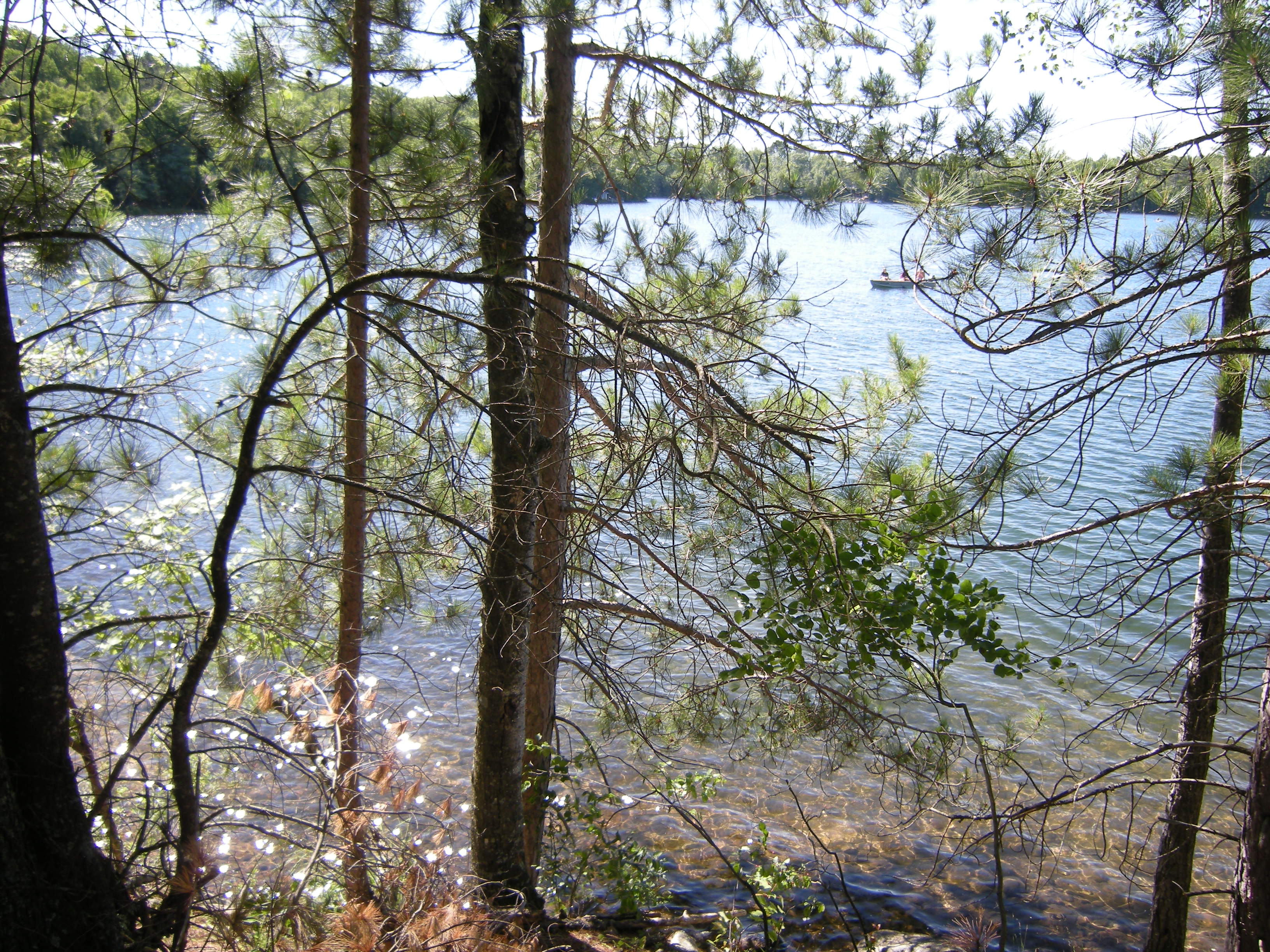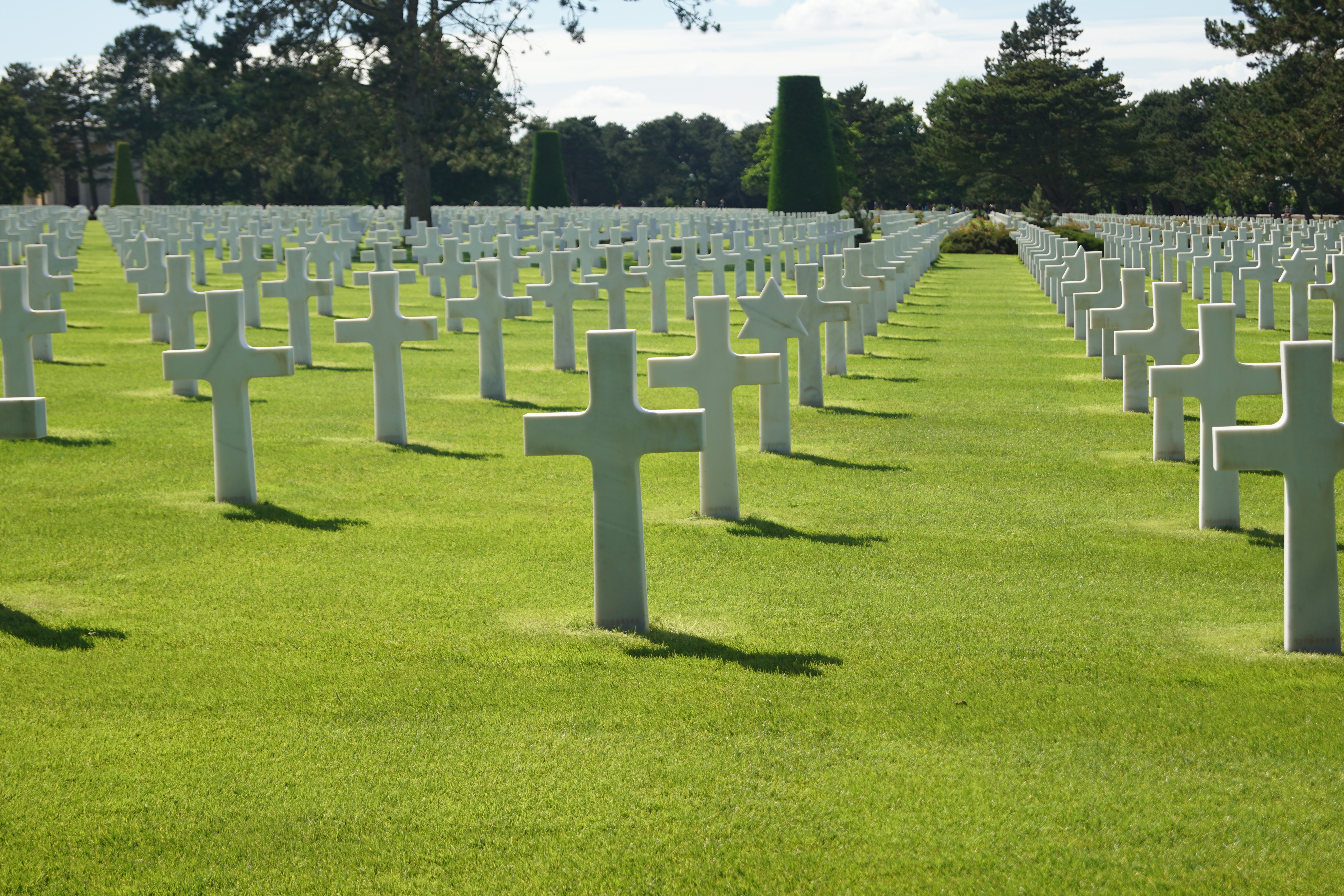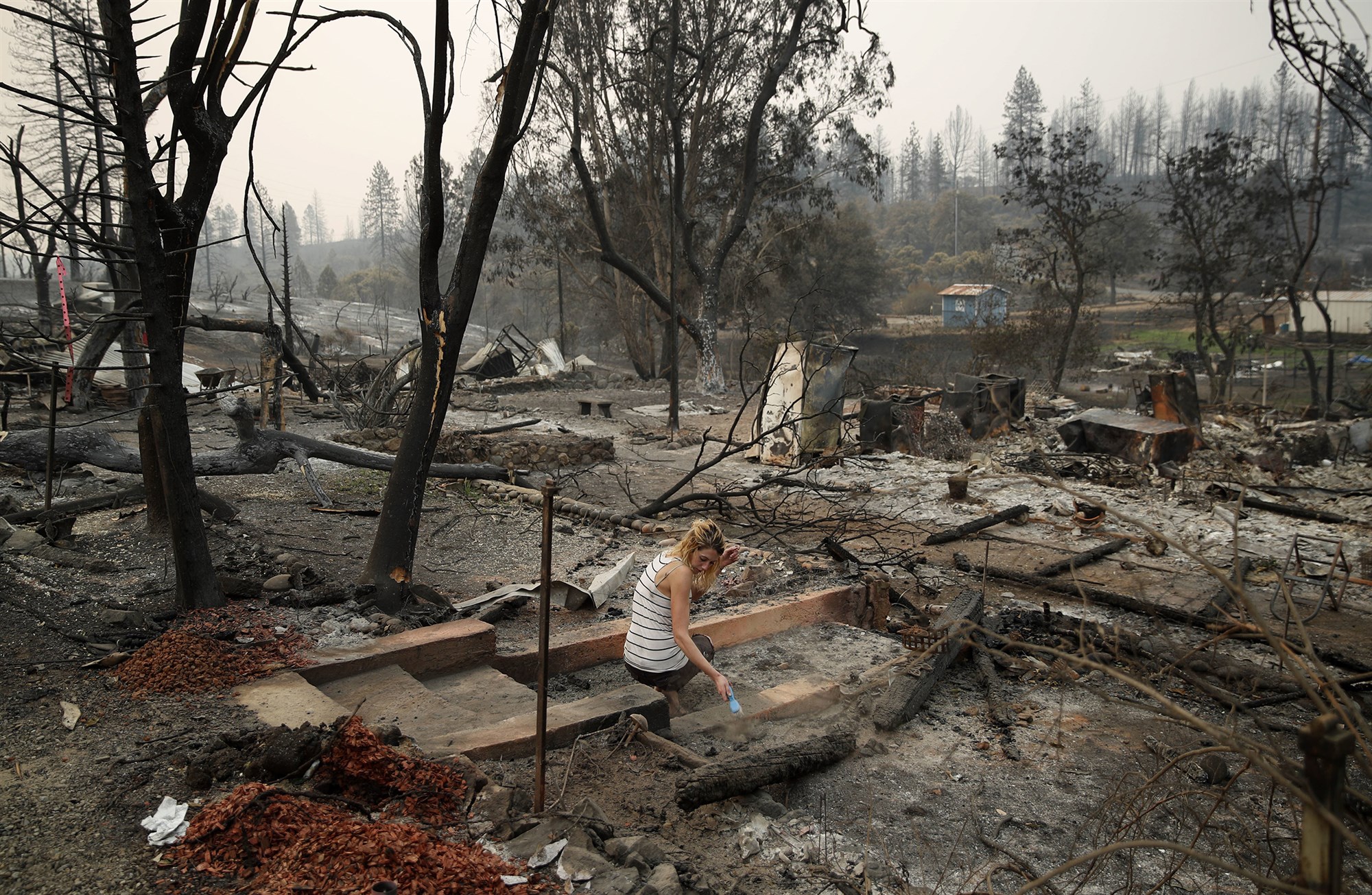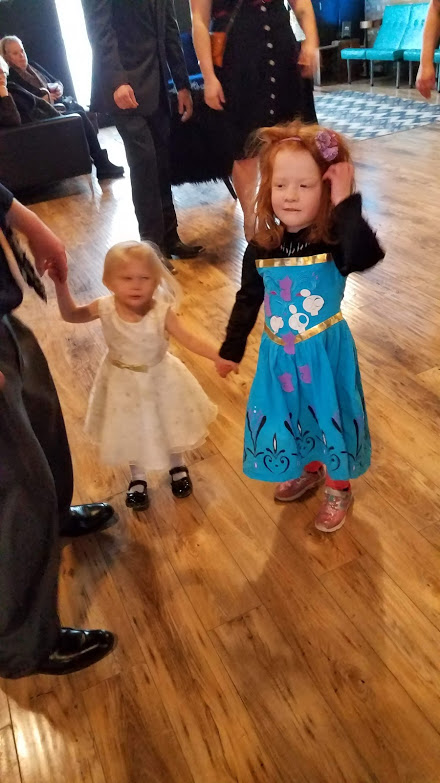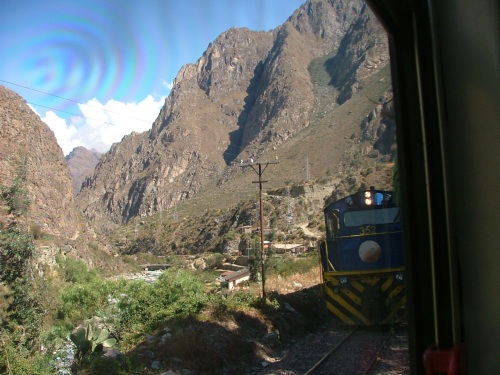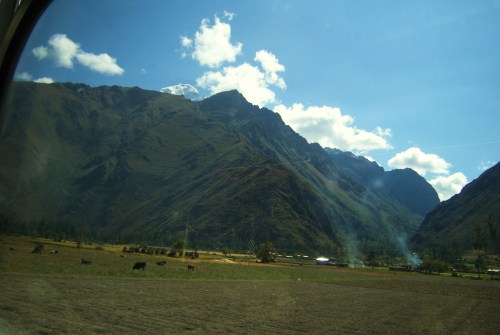Fandango’s Provocative Question this week encourages us to look inward, at ourselves. Fandango writes: I saw this question on a site that offers up a bunch of “deep, philosophical” questions and this one intrigued me. It’s about evolution, but not in the context of Darwin’s evolution of the species. It’s more about evolution of the individual and about who you are and how you change over time. Here’s this week’s question, which is essentially about you. I hope you’ll have fun with it.
Is the concept of “you” continuous or does the past “you” continually fade into the present and future “you”? (Yes, it’s both.) Considering that your body, your mind, and your memories are changing over time, what part of “you” sticks around? (My essence, my soul, my identity).
Now that I’ve answered both questions in brief, I will expand, as I am wont to do!
I once had a revelation about myself that I told my daughter: You may have changed a great deal since childhood, but whatever you were good at and interested in when you were 10 will come back around when you are an adult. Cee’s On the Hunt for Joy challenge has a theme related to this: rediscovering your childhood joys.
For me, it was art (I drew and doodled incessantly) , languages (I fell in love with Spanish in 5th grade), cultures (I was fascinated by the pictures in my parents’ National Geographic magazines), cats (I have always had one as a pet, except when my son had allergies growing up), and writing (I wrote many stories and even a short novel when I was a kid).


Another art form I love is photography, as any reader of my blog knows. I first started taking pictures with a Brownie black & white camera when I was about 10.

In high school, I bought an Olympus SLR and got “serious” about photography. It helped that I had a boyfriend who was a photographer, and he taught me how to develop my black and white pictures. Later I installed my own mini darkroom in the second bathroom of an apartment I lived in in college.
In my late teens and early adulthood, for years I tried to become something that I couldn’t become – a musician (I’m not very talented in music, much as I love it), a best-selling author (I don’t have the discipline), a counselor (I have trouble giving advice on the spot) – and then I dreamed of being something that I could become, but didn’t: a linguist, an anthropologist, a translator at the United Nations – and finally became something I’d thought about in childhood but never thought I could become: a teacher. One of my sisters was a great teacher and she was very patient. I have never been patient.
I wasn’t actually a great teacher. I was, in fact, mediocre as a classroom teacher, and kept losing classroom teaching jobs. I was better at being a “pull-out” resource teacher (teaching ESL and bilingual literacy to smaller groups of students who came to me during their classroom’s literacy time). I was better at this because I didn’t have to worry about 10 things at once and didn’t have to keep track of 20+ kids at the same time. I also love languages and was very passionate about language acquisition and a strong advocate for bilingual education. So that job (where I spent more years and was happy) utilized more of my strengths: using Spanish every day, teaching English as a second language, enthusiasm about learning, working with students, doing creative holiday projects and writing projects with them.

On the other hand, classroom teaching emphasized my weaknesses – midway through my teaching career, I found out I have ADHD (Attention Deficit Hyperactive Disorder). This is not a good thing to have if you are a teacher but at least I knew it wasn’t because I was a failure – at discipline, executive functioning, at remembering to send in my attendance every morning, at trying but never succeeding at being organized. This diagnosis helped me become more accepting of who I am and not ashamed of what I am not.
Now I’m happily retired and doing the things I used to spend hours doing when I was a kid: drawing, writing, learning foreign languages, pursuing intellectual interests such as politics, international affairs, and traveling (I didn’t do these last few much as a kid, although I have fond memories of family trips and I never avoided controversial topics with my parents, which didn’t always work out very well). I love other cultures and seeing new things.

These interests have always been a part of me, even though I have evolved a great deal in my journey of self-discovery. I’m not so hard on myself as I used to be. Finding out about having ADHD was a revelation about my entire life – why it was hard for me to make new friends, why I daydreamed so much, why I talked out of turn in school, why I was a “slow reader” (I wasn’t slow – I just got distracted so that by the time I had finished a page, I couldn’t remember what I’d read and had to go back and read it again), and why I was constantly losing things.
Besides the self-discovery that comes with maturity, I look back at my life and sometimes feel I really haven’t changed that much. I’m still me. I sometimes think I’m still that girl I was in high school. I still have the same soul, which I will have until my dying day. I carry buried memories and emotions of the last 68 years in my brain, but I can’t remember what I ate for lunch yesterday, because that doesn’t matter. I have a good life – everything I need and much of what I want. I’ve been lucky, I know that and I am grateful.



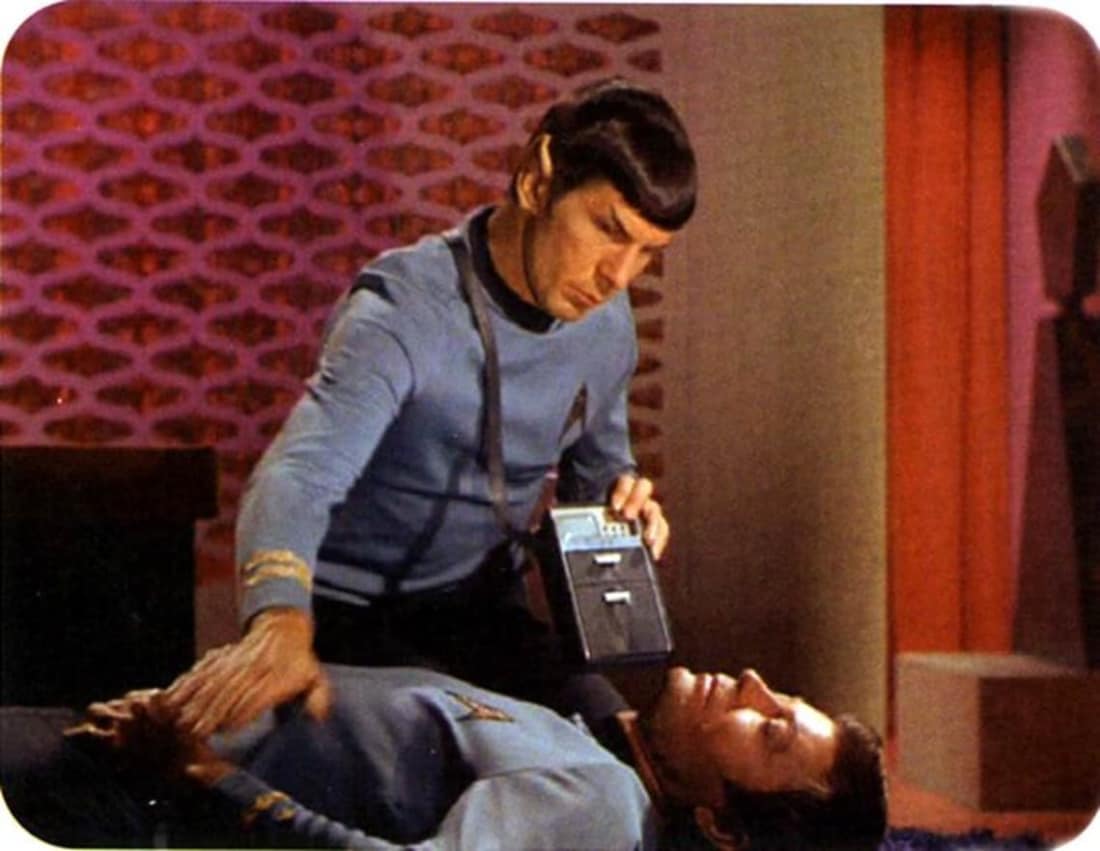








 It’s the color of leaves in the summer …
It’s the color of leaves in the summer …
